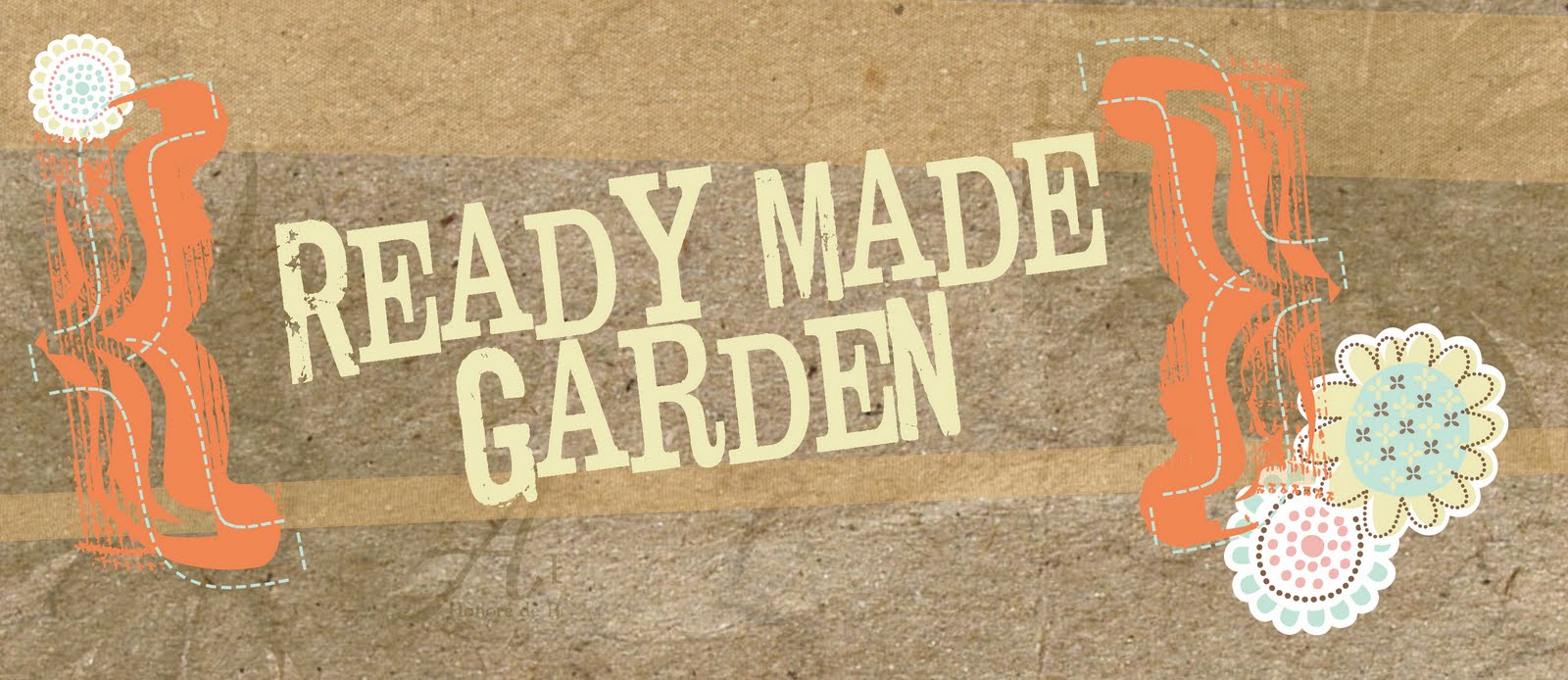Day 20: Poorly Planned Planting
It's not great when you leave work an hour early to plant in your precious garden and see clouds like this when you arrive...
My planting today was not the most productive it could have been. I was prepped w/ printouts of the planting schematics from Day 6, the new primaries to add to the garden, a companion planting guide, and lots of seeds... But I had yet to decide exactly which seeds were going in which bags...
The unfinalized plan in my head involved 1) planting the primaries and 2) replanting any secondaries that hadn't popped up yet from Day 6 {two weeks seemed like a long enough opportunity window} and 3) adding lots more secondaries. I didn't get through the second or third objectives...
First - the rain was ruining my planting schematics...
Then lots more secondaries had popped up since the last time we looked at the garden and so we were worried about replanting all of them... We decided to give them one last DDD {drop dead deadline} - Day 23. Any secondary who has not shown green by Day 23 will be considered a casualty and we'll move on without them.
I did however decide to plant more secondaries in a few of the bags. The secondary planting that was done today involved a new approach based on new knowledge from The Garden Master. Sand is not as dense as dirt - thus it allows light to filter into itself - thus seeds can be planted underneath the sand and still receive sunlight. So this time, rather than placing the seeds on top of the sand, we buried them a little bit. We also took a much more generous approach in seed application - in a location where we wanted one plant we put a few seeds assuming some will grow and some won't. Worst case scenario: we get too many plants growing in one location we can pull a few out. Better to have too much than too little right?
Here's an illustrative example of how I planted some radish seeds.
Step One: make a small trough with your finger
Step 2: sprinkle seeds in the trough
Step 3: push the sand over the seeds gently - I didn't even push down the sand - I just left it loose hoping it would let in more light
More planting will be done on Day 23 and I'll post updated schematics etc. then.
Here are a few action shots of our little secondaries - they are so tiny! We'd better enjoy it while it lasts because they won't be this way for long.
And here is the garden on Day 20. I'd definitely say growth is happening! Not as quickly as I'd like it to but hey - I wish I could plant a carrot seed today and pick the carrot tomorrow - maybe someday we'll all get that good if we keep at it... or not ;)























